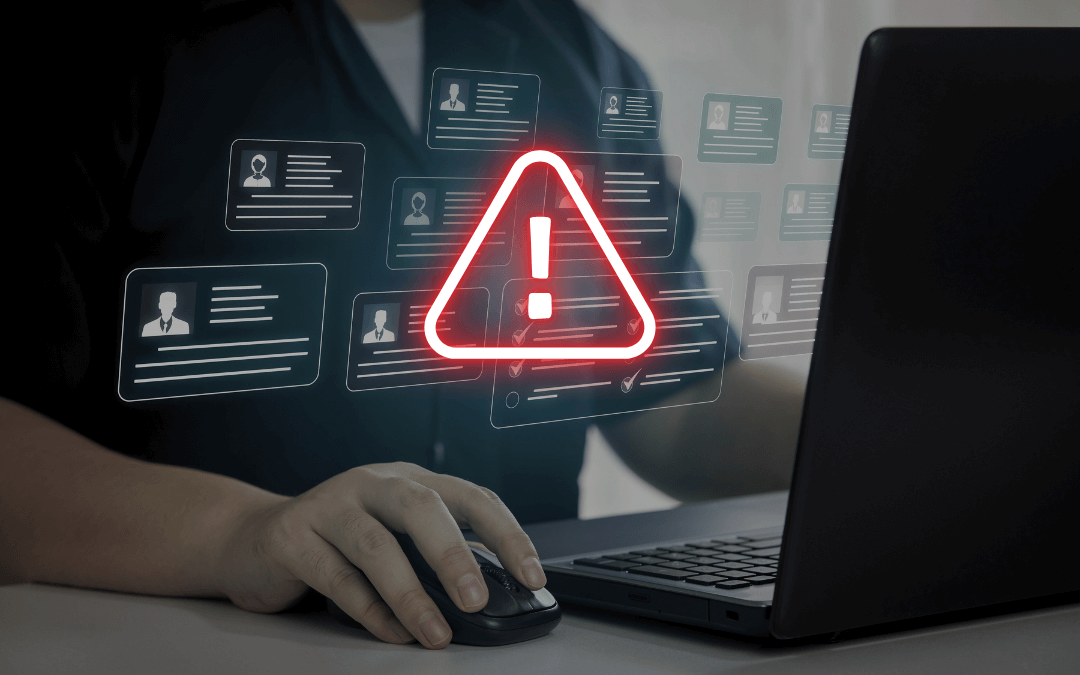The LexisNexis data breach in December 2024, discovered in April 2025, has compromised the personal information of 364,333 individuals, raising alarms about data security. This incident highlights the vulnerabilities in third-party platforms like GitHub and the need for robust protections. Let’s explore the details and how to safeguard your data.
LexisNexis Risk Solutions, a major U.S. data analytics firm, has disclosed a significant LexisNexis data breach that compromised the personal information of 364,333 individuals. The incident, which occurred in December 2024, was discovered on April 1, 2025, when an unknown third party informed the company that data had been stolen from a compromised GitHub account used for software development. The breach exposed sensitive details, including names, Social Security numbers, phone numbers, physical and email addresses, driver’s license numbers, and dates of birth.
Understanding the LexisNexis Data Breach Impact
Details of the Breach
The LexisNexis data breach did not involve LexisNexis’ internal systems but rather a third-party platform, GitHub, where the company stored software artifacts and personal data. According to a statement from LexisNexis, their Information Security team, in collaboration with a forensic firm, confirmed the unauthorized access. While no financial or credit card information was compromised, and there’s no evidence of data misuse to date, the scale of the LexisNexis data breach has sparked concerns. Posts on X have highlighted public frustration over the incident, with some users criticizing the delay in detection and disclosure, which took nearly five months.
Legal and Industry Implications
The LexisNexis data breach has prompted a proposed federal class-action lawsuit, with plaintiff Laurence Wilding alleging that LexisNexis failed to implement adequate security measures and provide timely notification. Security experts, including Dr. Ilia Kolochenko, CEO of ImmuniWeb, have criticized the company’s response timeline, noting that the delay could lead to significant legal consequences, including regulatory penalties and settlement costs. LexisNexis, which serves 85% of Fortune 500 companies and 91% of Fortune 100 firms, including major banks, is part of a data broker industry increasingly under scrutiny for collecting and profiting from consumer data.
Protecting Yourself After a Data Breach
This incident underscores the risks associated with data brokers and the importance of safeguarding personal information following the LexisNexis data breach. To protect yourself:
- Monitor Your Accounts: Regularly check bank and credit card statements for unauthorized activity.
- Freeze Your Credit: Contact major credit bureaus to place a freeze, preventing unauthorized access to your credit file.
- Use Strong Passwords: Update passwords and enable multi-factor authentication (MFA) on critical accounts.
- Stay Informed: Sign up for identity theft protection services to receive alerts about potential misuse of your data.
- Be Cautious: Avoid sharing sensitive information with unverified sources and verify the legitimacy of any notifications you receive.
As data breaches become more common, proactive measures are essential to minimize risks and protect your personal information. Worried about your data security? Our expert team can help you stay protected with tailored cybersecurity solutions. Contact us today for a free risk assessment and take control of your digital safety.

